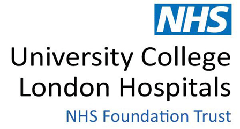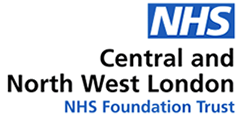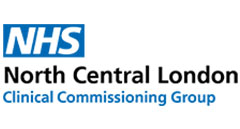
What is TENS?
TENS is an abbreviation for Transcutaneous Electrical Nerve Stimulation. It is a small lightweight, portable, battery operated device, which attaches to some electrodes (sticky pads) placed around or near the painful area on your body. This works in a number of different ways:
IMPORTANT:
A step by step guide to using TENS
Some practical/safety advice
DO NOT APPLY TENS:
Will the pain go away completely?
What if it does not work?
Can TENS ever make the pain worse?
You can self-refer into community physiotherapy services. Simply call 0207 871 0545 to make an appointment. Your initial contact with one of our chartered physiotherapists may be over the phone, where you will either be given advice on appropriate treatment, or a face-to-face consultation will be arranged.
Should you wish to speak to your GP first, simply make an appointment with your local practice. If your GP refers you, one of our patient care advisers will contact you within 48 hours to arrange an appointment.






Photographs of Camden by Joe Hearsey
Camden MSK logo by Eloise Jones